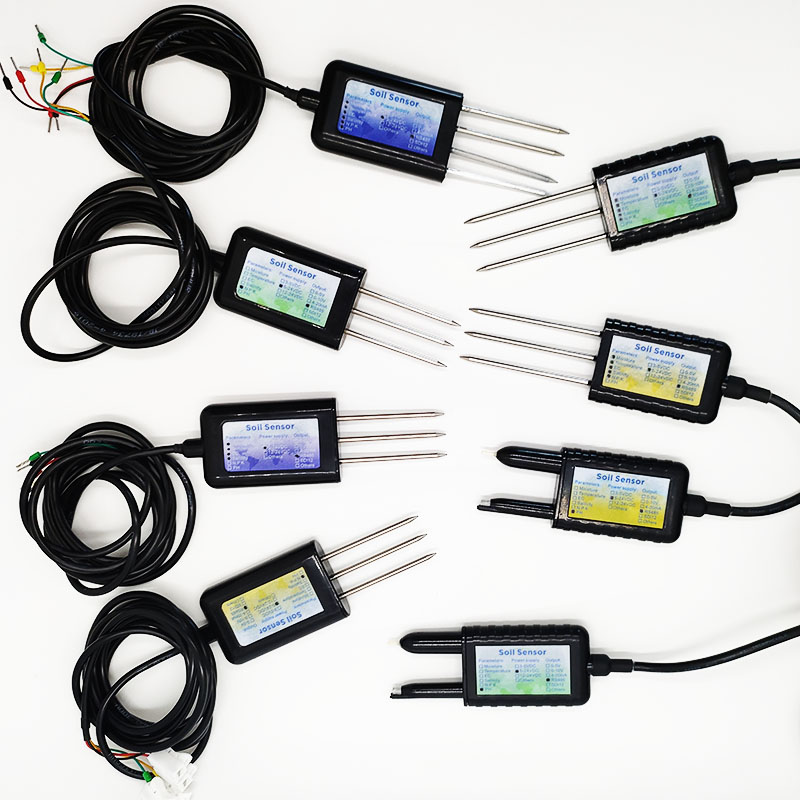Smart sensor technology that will help farmers use fertilizer more efficiently and reduce environmental damage.
The technology, described in Natural Foods magazine, can help producers determine the best time to apply fertilizer to crops and the amount of fertilizer needed, taking into account factors such as weather and soil conditions. This will reduce costly and environmentally harmful overfertilization of soils, which releases the greenhouse gas nitrous oxide and pollutes soil and waterways.
Today, over-fertilization has rendered 12% of the world’s once arable land unusable, and the use of nitrogen fertilizers has increased by 600% over the past 50 years.
However, it is difficult for crop producers to precisely regulate their fertilizer use: too much and they risk damaging the environment and spending too little and they risk lower yields;
Researchers at the new sensor technology say it could benefit the environment and producers.
The sensor, called a paper-based chemically functionalized electrical gas sensor (chemPEGS), measures the amount of ammonium in the soil, a compound that is converted into nitrite and nitrate by soil bacteria. It uses a type of artificial intelligence called machine learning, combining it with data on weather, time since fertilizer application, measurements of soil pH and conductivity. It uses this data to predict the total nitrogen content of the soil now and the total nitrogen content 12 days in the future to predict the best time to apply fertilizer.
The study shows how this new low-cost solution can help producers get the most benefit from the least amount of fertilizer, especially for fertilizer-intensive crops such as wheat. This technology could simultaneously reduce producer costs and environmental harm from nitrogen fertilizers, the most widely used type of fertilizer.
Lead researcher Dr Max Greer, from the Department of Bioengineering at Imperial College London said: “The problem of over-fertilization, from both an environmental and economic perspective, cannot be overstated. Productivity and related income are declining year after year. this year, and manufacturers do not currently have the tools needed to address this issue.
“Our technology can help solve this problem by helping growers understand current ammonia and nitrate levels in the soil and predict future levels based on weather conditions. This allows them to fine-tune their fertilizer application to the specific needs of their soil and crop.”
Excess nitrogen fertilizer releases nitrous oxide into the air, a greenhouse gas 300 times more potent than carbon dioxide and contributing to the climate crisis. Excess fertilizer can also be washed away by rainwater into waterways, depriving aquatic life of oxygen, causing algae blooms and reducing biodiversity.
However, accurately adjusting fertilizer levels to suit soil and crop needs remains a challenge. Testing is rare, and current methods for measuring soil nitrogen involve sending soil samples to a laboratory—a lengthy and expensive process whose results are of limited use by the time they reach growers.
Dr Firat Guder, senior author and lead researcher in Imperial’s Department of Bioengineering, said: “Most of our food comes from the soil – it is a non-renewable resource and if we don’t protect it we will lose it. Again, combined with Nitrogen pollution from agriculture creates a conundrum for the planet that we hope to help solve through precision agriculture,which we hope will help reduce overfertilization while increasing crop yields and grower profits.”
Post time: May-20-2024


